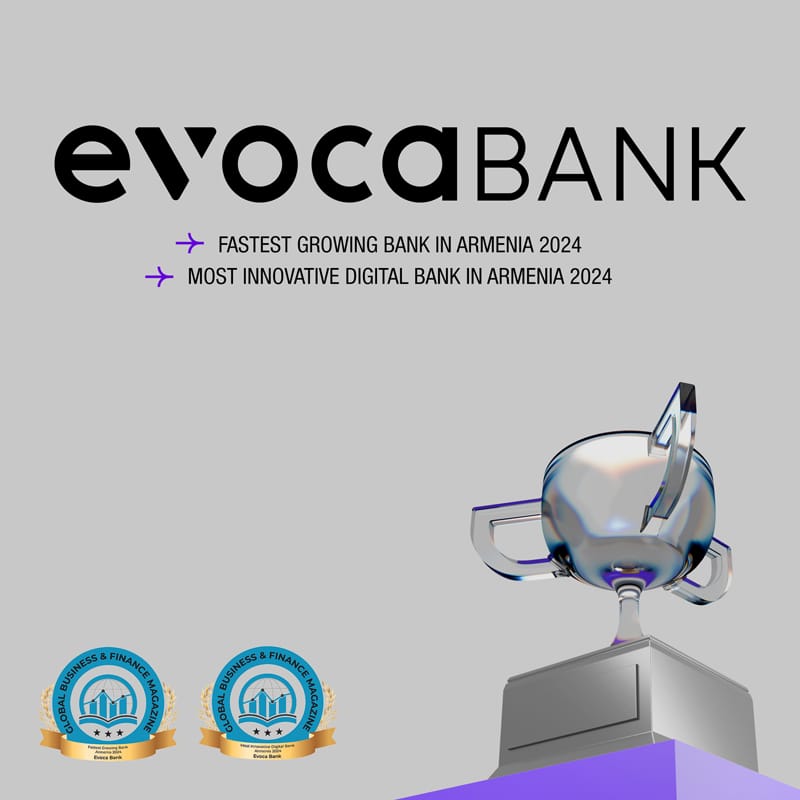Access to finance is an important driver of innovation in developed countries. This studies a 2006 reform in India that expanded credit access for many small Indian manufacturing firms, and finds a nuanced relationship between credit and innovation. Among firms that face few non-financial barriers, credit access fosters innovation, as in advanced economies. But for the average firm, additional barriers hinder their ability to translate credit into new and better products, diluting the effect of credit on innovation. Instead, these firms use credit to scale their existing operations and fully utilise current capacity.
Innovation is a key driver of economic growth (Romer 1990, Aghion and Howitt 1992, Klenow 2025) and a policy goal for many governments. Financing is an important input, since innovation activities like research, patenting, and product development often require substantial upfront investment. Prior research, largely focused on advanced economies, confirms that access to bank credit enables innovation (e.g. Babina et al. 2023, Granja and Moreira 2023, Mezzanotti and Simcoe 2023). However, bank credit may have different effects in developing countries, where firms face tighter financial constraints and other barriers to innovation (Verhoogen 2023). These additional barriers may shape how firms use credit, since innovation usually involves multiple, complementary inputs (Kremer 1993).
In a recent paper (George et al. 2025), we examine whether access to bank credit affects innovation in a developing country context, leveraging granular data on Indian manufacturing firms and a reform that improved small firms’ access to credit. Our focus is on product innovation as R&D, patenting, and invention of novel technologies are less relevant in developing countries (Verhoogen 2023).
From policy shift to research insight
India has a long history of supporting credit access for micro, small, and medium-sized enterprises (MSMEs) through a variety of schemes. In 2006, the government expanded access for these schemes by raising the size threshold for eligibility. We examine the impact of this policy change using a difference-in-differences design.
Rich, firm-level data on product-wise sales for the near-universe of Indian manufacturing firms allows us to track when firms change their product mix. We construct three complementary innovation measures that capture product scope (the number of unique products sold), product innovation (the introduction of new products), and product complexity (the introduction of more sophisticated products).
More credit, no innovation
Our analysis confirms that the 2006 reform significantly improved newly eligible firms’ ability to access credit. Long-term loan balances increased by 12% for newly eligible firms relative to firms with no shift in eligibility. Short-term and total borrowing also expanded by more than 20%. Yet the increased access to bank credit had little impact on product innovation (Figure 1). Newly eligible firms did not expand product scope and were no more likely to introduce new or more complex products.
These findings differ significantly from prior research on advanced economies, which has tended to find that credit access increases product innovation (Granja and Moreira 2023), R&D, and patenting (Babina et al. 2023, Mezzanotti and Simcoe 2023). The question is why.
Figure 1 Improved credit access allowed more borrowing but not more product innovation


Less slack, same products
Firms in developing countries generally face tighter credit constraints than in rich countries (Banerjee and Duflo 2014). Moreover, indivisibility in inputs may lead constrained firms to operate with slack (Walker et al. 2024). In this environment, firms may see higher returns from scaling up existing operations than from innovating. We explore whether Indian firms prioritized reducing slack over innovating.
Consistent with this hypothesis, newly eligible firms increased sales by 28% and net income by 24% – despite not changing their product mix or introducing new or more complex products. Newly eligible firms used additional credit to better exploit existing capacity: they did not increase physical investment, but spent 26% more on materials, and used 28% more worker days.
Barriers to the credit-innovation link
Firms in developing countries face additional barriers – beyond credit constraints – which could limit their ability to translate increased credit into product innovation. We identify and measure ten such barriers in our context. These include small and concentrated local output markets; frictions to accessing inputs such as electricity, labour, and land; and low quality of transportation infrastructure and legal institutions. Barriers appear highly relevant in this setting: the median firm faces five non-financial barriers, but there is significant variation, with some firms facing few barriers.
Among firms that face no barriers, credit access significantly increased product innovation (Figure2). Newly eligible firms that face no barriers increased product scope by 0.17 products (relative to a 0.14 standard deviation), were 12.7 percentage points more likely to introduce a new product (relative to a 0.25 standard deviation), and almost 8 percentage points more likely to introduce a more complex product (relative to 0.24 standard deviation). These effects are, if anything, slightly larger in magnitude than those seen in advanced economies (Granja and Moreira 2023). Put differently, among firms that operate in environments with fewer frictions, credit has a similar impact on innovation as in advanced economies.
However, market barriers significantly diluted the impact of credit on product innovation. For each additional barrier, credit access had a 0.03 product weaker effect on scope (relative to a 0.03 standard deviation), a 2.5 percentage points (relative to a 0.05 standard deviation) weaker effect on product innovation rates, and a 1.8 percentage point (0.05 standard deviation) weaker effect on the odds that firms introduce a more complex product. We observe similar patterns across different measures of product innovation and for both input and output market barriers. For the median firm, which faces five barriers, credit has a net null effect on innovation.
Figure 2 Improved credit access supported product innovation for firms facing few other barriers


Conclusions
While in developed countries access to credit has been shown to enable innovation, our research on India shows that the relationship is more nuanced in a developing country context.
Many firms appear to operate below efficient scale and use additional access to credit to expand existing production, rather than to innovate. Moreover, many – but not all – firms face market barriers that significantly dilute the impact of credit on product innovation.
These findings highlight the need for policymakers to unlock firms’ multiple, overlapping constraints to innovation. A coordinated big-push strategy of this kind could foster innovation and increase the effectiveness of credit support programs.
Source : VOXeu



































































